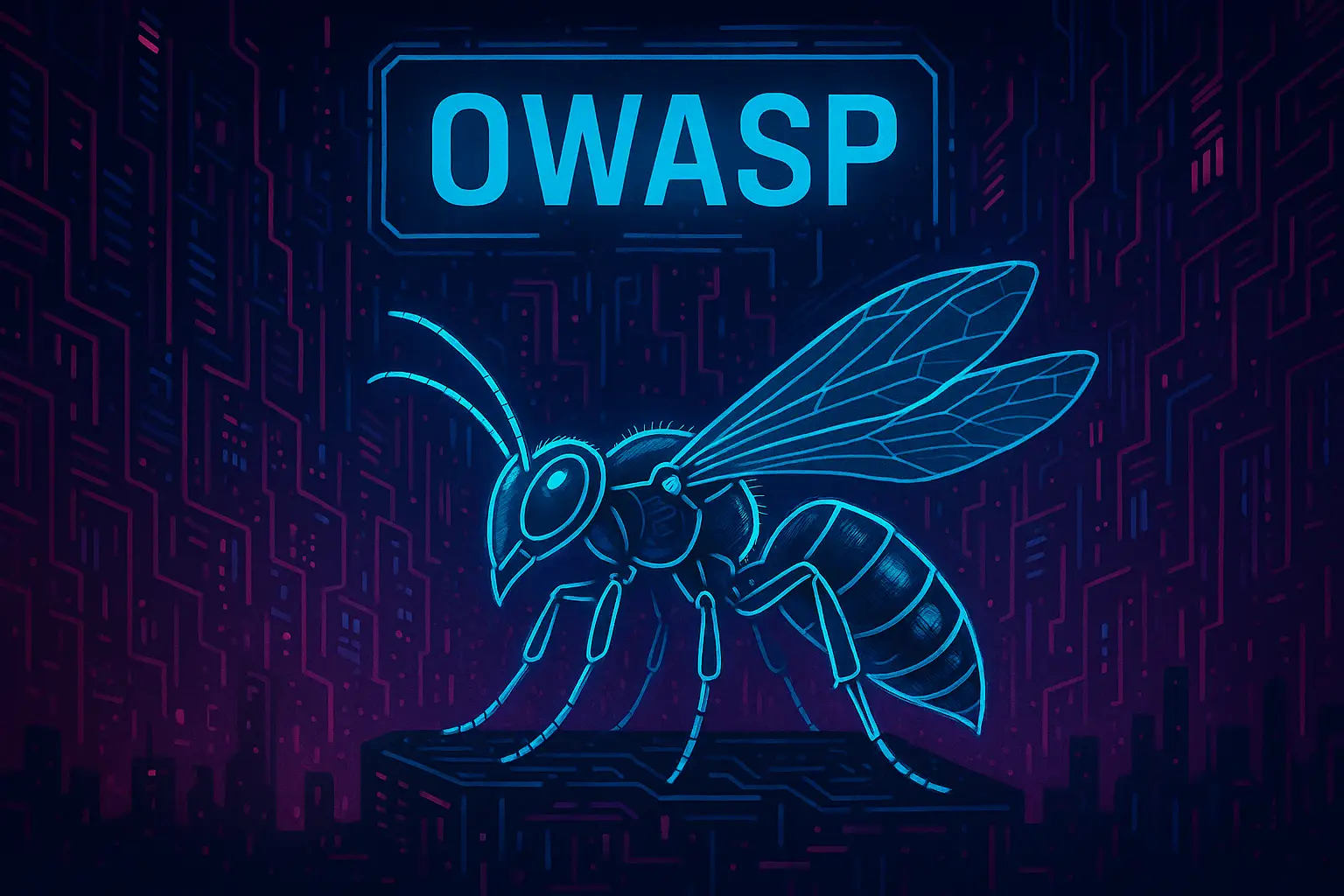New MadeYouReset Vulnerability in HTTP/2 Enables Massive DDoS Attacks
A critical vulnerability in the HTTP/2 protocol, known as MadeYouReset (CVE-2025-8671), has been discovered by researchers at Tel Aviv University. This flaw allows attackers to launch denial-of-service (DDoS) attacks without violating the protocol specifications. Although no live attacks exploiting this vulnerability have been observed, its potential to cause significant disruptions is concerning.
How MadeYouReset Works
The vulnerability relies on attackers’ ability to send malformed frames over an HTTP/2 connection, causing the server to unexpectedly reset streams. This behavior can exhaust server resources, leading to a denial of service. Unlike previous attacks such as “Rapid Reset,” MadeYouReset does not require the client to send the resets directly; instead, it manipulates the server into doing so.
Potential Impact
Although no active attacks using MadeYouReset HTTP/2 vulnerability have been reported, its existence represents a latent threat to web infrastructure. Since HTTP/2 is widely used across most modern web servers, exploiting this vulnerability could affect a large portion of the web.
Mitigation Measures
Service providers and server administrators should apply security patches provided by the developers of their HTTP/2 implementations. Additionally, it is recommended to:
- Strictly validate incoming frames to detect and reject malformed ones.
- Implement limits on the number of stream resets allowed per connection.
- Monitor error logs for unusual patterns that could indicate exploitation attempts.
Current State of HTTP/3
While HTTP/2 remains widely used, HTTP/3 has been gaining ground rapidly. As of September 2024, over 95% of major web browsers support HTTP/3, and approximately 34% of the top 10 million websites have implemented it.
HTTP/3, which operates over the QUIC protocol, offers several advantages over HTTP/2:
- Reduced connection establishment time: Up to 33% improvement in average connection setup time.
- Elimination of head-of-line (HOL) blocking: QUIC’s architecture allows packet loss to not affect the entire connection.
- Improvements for mobile networks: Better recovery from packet loss and seamless connection migration, particularly beneficial for mobile and 5G networks.
- Built-in security: QUIC includes default encryption, enhancing the security and privacy of data in transit.
Despite these advantages, HTTP/3 adoption is still growing and may not be available in all environments. Organizations should evaluate their infrastructure and consider transitioning to HTTP/3 to improve web service performance and security.
Final Thoughts
The emergence of MadeYouReset underscores the importance of continuous monitoring and rapid response to vulnerabilities in fundamental protocols like HTTP/2. The security community must work closely together to develop effective solutions that protect the integrity and availability of web services






